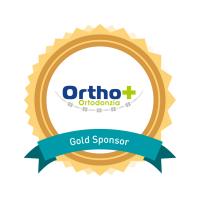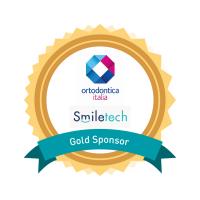Abstract
Biomechanical Efficiency in Orthodontics
by Bassarelli Turi
An orthodontic treatment is defined efficient when it is able to achieve the established results in the shortest possible time. The time factor is a key factor both from a biological point of view, by decreasing the risk of root resorption, and from the point of view of the patient's quality of life, by reducing the stress associated with the treatment itself, especially in adult patients. Of paramount importance is the formulation of a structured treatment planning, taking for granted the awareness of the treatment objectives. This is of particular importance in interdisciplinary treatments, in which inappropriate timing and/or communication can excessively prolong the treatment, also endangering the quality of the result. From a biomechanical point of view, the major source of inefficiency is the loss of anchorage. The source of anchorage loss can be due to lack of consistency of the treatment plan, in which the distinction between active and passive units (even in non-segmented mechanics) and the identification of consistent or inconsistent systems is not clear, or due to an ineffectiveness biomechanics. While the first is linked to the knowledge and to the experience of the orthodontist, the second is purely correlated to the materials and mechanical factors. From this point of view, the introduction of intra-oral extra-dental anchors (TADs) and wires with a low load-deflection rate ratio has substantially facilitated the orthodontist's task, with subsequent advantages for the patient's quality of life. The interdisciplinary treatment of adult patients with periodontal problems represents a clear example in which to apply the above concepts that will be confirmed by the presentation of clinical cases.
Learning Objectives
After this lecture, you will be able to establish the importance to apply an individualized treatment planning.
After this lecture, you will be able to establish the significance of predisposing set up appropriate biomechanical systems.
After this lecture, you will be able to establish the importance of accuracy and precision when orthodontic devices applied.

















